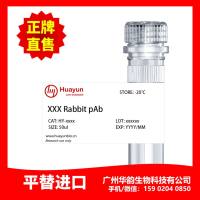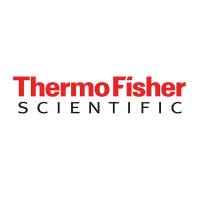Detection and Differentiation of Cryptosporidium Oocysts in Water by PCR-RFLP
互联网
473
Consumption of contaminated water has been implicated as a major source of Cryptosporidium infection in various outbreak investigations and case control studies. Surveys conducted in various regions of the United States demonstrated the presence of Cryptosporidium oocysts in 67–100% of wastewaters, 24–100% of surface waters, and 17–26.8% of drinking waters (1 –4 ). The identity and human infective potential of these waterborne oocysts are not known, although it is likely that not all oocysts are from human-infecting Cryptosporidium species. Likewise, the source of the oocyst contamination is also not fully clear. Farm animals and human sewage discharge are generally considered to be the major sources of surface water contamination with C. parvum (5 ). Because Cryptosporidium infection is common in wildlife, it is conceivable that wildlife can also be a source for Cryptosporidium oocysts in waters (4 ). The presence of host-adapted Cryptosporidium spp. and genotypes makes it possible to develop molecular tools to assess the human infection potential and source of Cryptosporidium oocysts in water.








